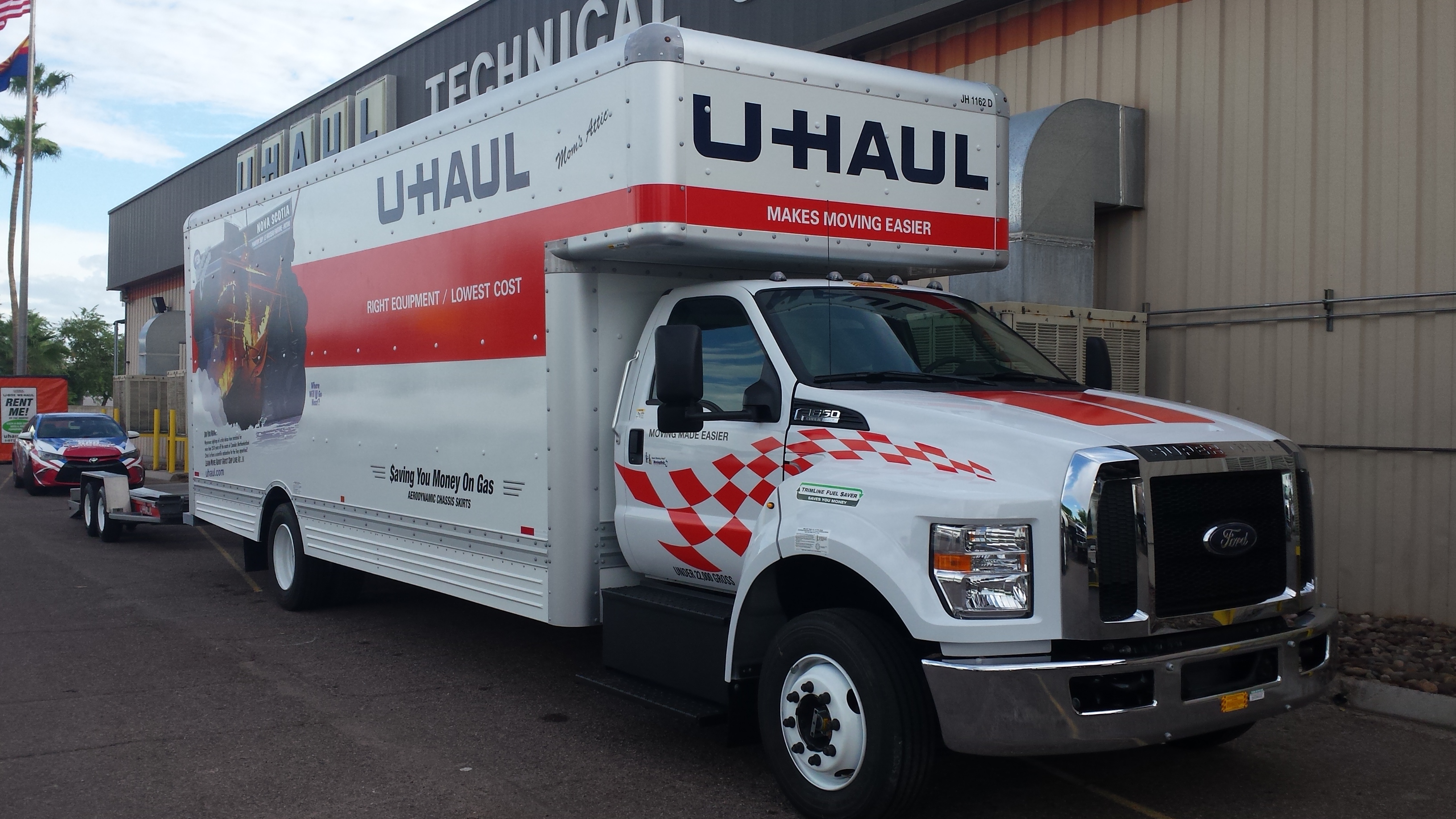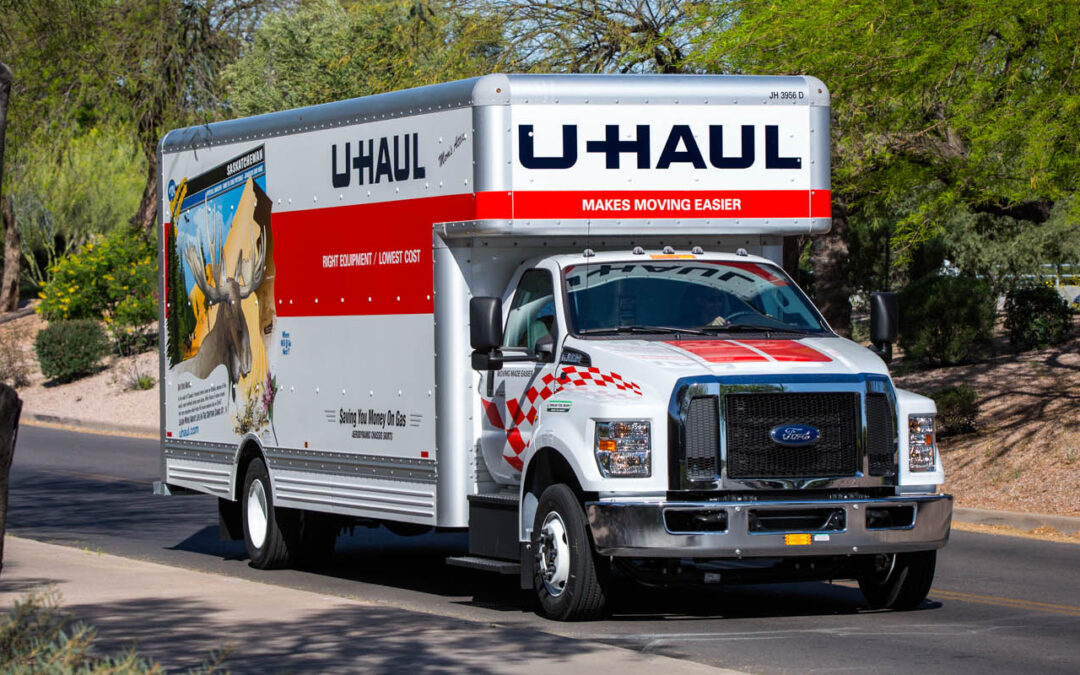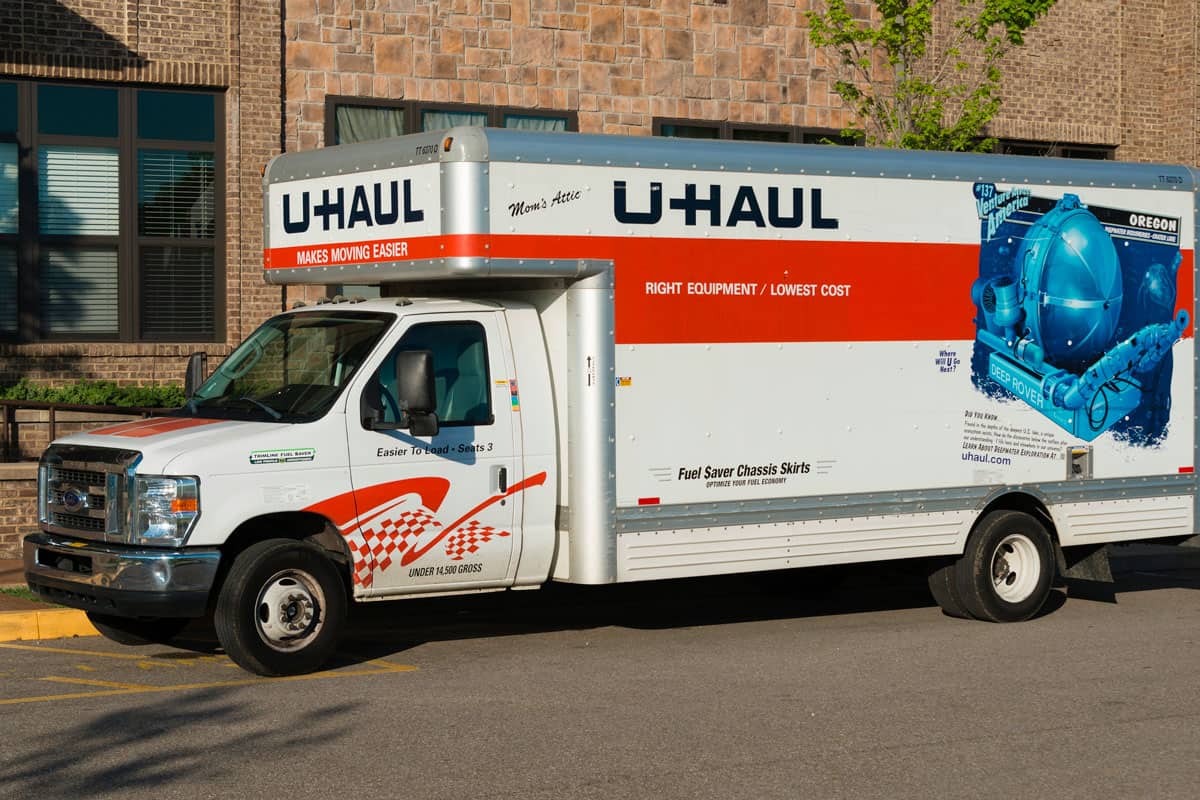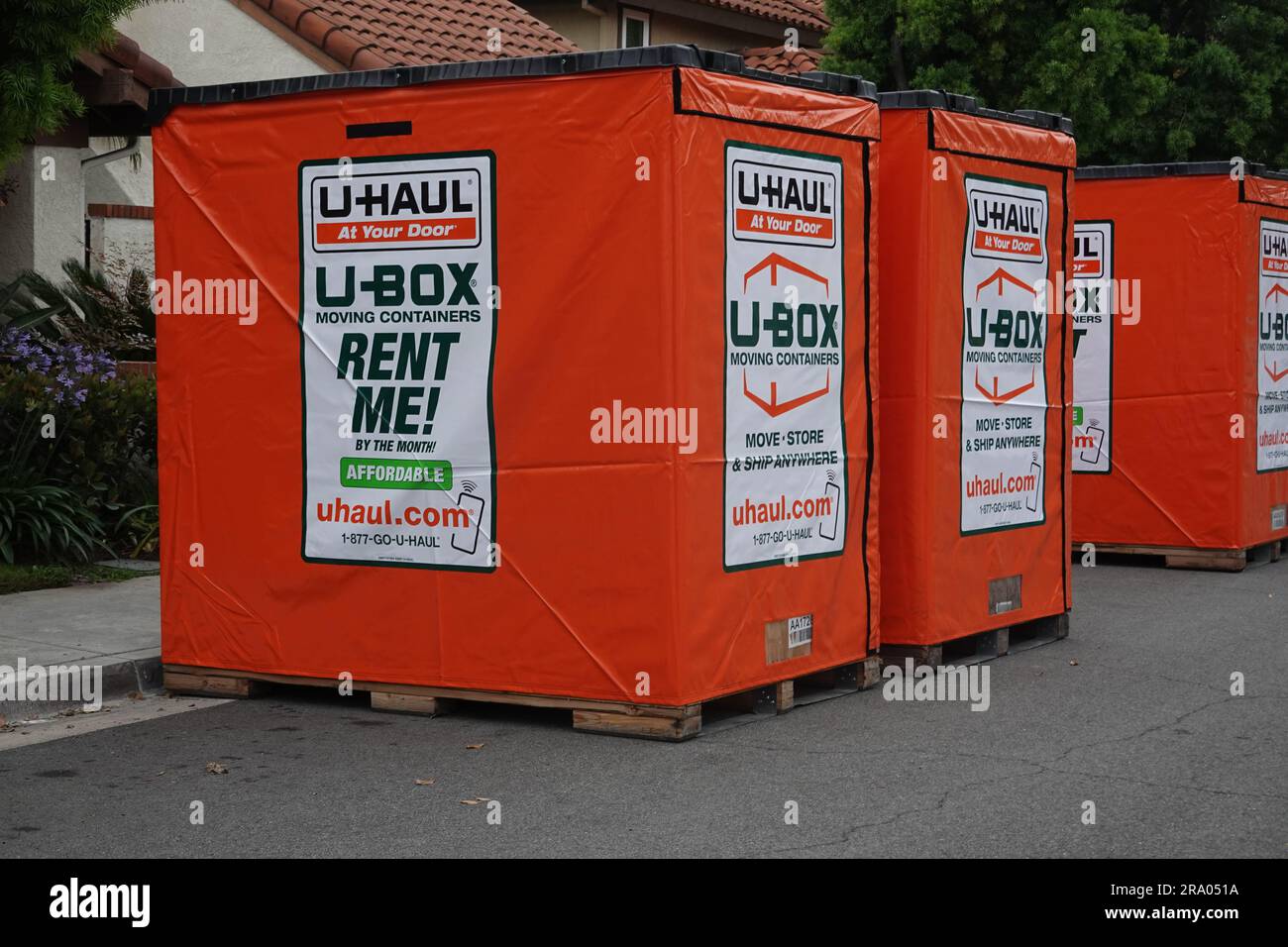U-Haul Trucks Price: A Comprehensive Guide to Understanding Your Moving Costs
U-Haul Trucks Price: A Comprehensive Guide to Understanding Your Moving Costs cars.truckstrend.com
Moving is often cited as one of life’s most stressful events, and a significant portion of that stress often stems from financial concerns. For those opting for a do-it-yourself (DIY) move, U-Haul trucks stand as an iconic and ubiquitous solution. However, understanding "U-Haul Trucks Price" is far from straightforward. It’s not a fixed rate but rather a dynamic calculation influenced by a multitude of factors, making accurate budgeting crucial for a smooth transition.
This comprehensive guide aims to demystify U-Haul’s pricing structure, providing you with the knowledge and tools to estimate your costs accurately, avoid surprises, and ultimately make an informed decision for your next move. From base rates and mileage to insurance and seasonal demand, we’ll break down every element that contributes to the final price tag of your U-Haul rental.
U-Haul Trucks Price: A Comprehensive Guide to Understanding Your Moving Costs
Understanding the U-Haul Pricing Model: The Core Components
At its heart, U-Haul’s pricing is a sophisticated algorithm designed to reflect demand, availability, distance, and the specific needs of each rental. While it might seem complex, it generally boils down to a few core components:
- Base Rate: This is the foundational cost for renting the truck for a specific period (usually 24 hours for local rentals or a set duration for one-way). It varies significantly based on truck size, location, and demand.
- Mileage Charge: For local rentals, a per-mile fee is added to the base rate. For one-way rentals, a certain number of miles are usually included in the base rate, with an additional charge for exceeding that allowance.
- Taxes and Fees: Standard sales taxes apply, along with potential environmental fees or other local surcharges.
- Optional Add-ons: This includes everything from insurance coverage and moving equipment (dollies, furniture pads) to towing equipment for vehicles. These can significantly impact the final price.
- Fuel Costs: U-Haul trucks are rented with a specific fuel level (often full or a quarter tank) and must be returned with the same amount. Failure to do so results in a refueling charge, plus the cost of the missing fuel.

Understanding these components is the first step towards accurately estimating your total U-Haul truck price.
Factors Influencing U-Haul Truck Prices
Several key variables play a significant role in determining the final cost of your U-Haul truck rental. Being aware of these can help you strategize and potentially save money.
1. Truck Size

Naturally, larger trucks cost more. U-Haul offers a range of truck sizes, each designed for different moving capacities. Choosing the right size is critical – too small, and you might need multiple trips or a larger, more expensive truck mid-move; too large, and you’re paying for unused space and potentially higher fuel consumption.
- Cargo Vans & Pickup Trucks: Ideal for small local moves, hauling large items, or dorm rooms.
- 10′ Truck: Suitable for studio or 1-bedroom apartments.
- 15′ Truck: Good for 1-2 bedroom homes or larger apartments.
- 20′ Truck: Designed for 2-3 bedroom homes.
- 26′ Truck: The largest option, perfect for 3-4+ bedroom homes.

2. Rental Type: Local vs. One-Way
This is perhaps the most significant differentiator in U-Haul pricing:
- Local Rentals: You pick up and drop off the truck at the same U-Haul location. These typically have a lower base rate plus a per-mile charge (e.g., $19.95/day + $0.99/mile).
- One-Way Rentals: You pick up the truck at one location and drop it off at a different one. These are generally more expensive because U-Haul needs to balance its fleet across the country. One-way rates include a set number of days and miles, with additional charges for exceeding either. The price for one-way rentals is highly variable, depending on the specific origin and destination, demand, and time of year.
3. Distance and Mileage
For local rentals, every mile counts. The mileage rate can vary by location and time of year. For one-way rentals, an allowance is provided, and exceeding it incurs an overage charge per mile. Accurately estimating your total mileage is crucial for both types of rentals.
4. Rental Duration
U-Haul prices are typically quoted for a 24-hour period for local rentals. Extended rentals will incur additional daily charges. For one-way moves, a specific number of days are allotted; returning late can lead to significant late fees.
5. Location (Pick-up and Drop-off)
Prices can fluctuate based on the specific U-Haul location. Urban centers with high demand might have different rates than rural areas. The availability of trucks at your chosen pick-up and drop-off points also plays a role.
6. Time of Year and Demand
This is a critical, yet often overlooked, factor. U-Haul prices surge during peak moving seasons, such as:
- Summer Months (May-August): The busiest moving season due to warmer weather, school breaks, and lease cycles.
- End of the Month: Lease agreements often end on the last day, leading to high demand.
- Weekends and Holidays: Always more expensive than weekdays.
Booking during off-peak times (mid-week, mid-month, fall/winter) can lead to substantial savings.
7. Availability
If a particular truck size is in high demand and low supply at your desired location, its price will likely be higher. Booking well in advance, especially during peak seasons, helps secure both availability and potentially better rates.
Typical U-Haul Truck Price Ranges (Estimated)
It’s important to stress that the prices below are estimates and can vary dramatically based on the factors discussed above. Always obtain a direct quote from U-Haul for your specific needs.
| Truck Size | Capacity (Typical) | Local Rental Base Rate (Est.) | Local Rental Mileage Rate (Est.) | One-Way Rental Base Price (Est.) | Key Features |
|---|---|---|---|---|---|
| Cargo Van | Small Studio / Large Items | $19.95 – $29.95/day | $0.69 – $0.99/mile | $100 – $300+ (variable) | Easy to drive, fuel-efficient, good for small loads |
| Pickup Truck | Small Loads / Towing Trailer | $19.95 – $29.95/day | $0.69 – $0.99/mile | $100 – $300+ (variable) | Open bed, good for appliances, towing capable |
| 10′ Truck | Studio – 1 Bedroom Apt. | $19.95 – $29.95/day | $0.69 – $0.99/mile | $200 – $800+ (variable) | Easiest moving truck to drive, low loading deck |
| 15′ Truck | 1 – 2 Bedroom Home | $29.95 – $39.95/day | $0.69 – $0.99/mile | $300 – $1200+ (variable) | More space, good for medium moves |
| 20′ Truck | 2 – 3 Bedroom Home | $39.95 – $49.95/day | $0.69 – $0.99/mile | $400 – $1800+ (variable) | Ample space for larger moves, includes Mom’s Attic |
| 26′ Truck | 3 – 4+ Bedroom Home | $39.95 – $49.95/day | $0.69 – $0.99/mile | $500 – $2500+ (variable) | Largest capacity, often includes Mom’s Attic |
Note on One-Way Pricing: The "Base Price" for one-way rentals includes a set number of days and miles. Exceeding these allowances will incur additional charges. The range is vast because a 100-mile one-way move will be significantly cheaper than a 2,000-mile cross-country move.
How to Get an Accurate U-Haul Price Quote
The best way to determine your U-Haul truck price is to use their official website or app.
- Enter Pick-up & Drop-off Locations: Be precise with addresses, as this impacts availability and pricing.
- Select Dates & Times: Flexibility here can reveal cheaper options.
- Choose Truck Size: Based on your moving needs.
- Add Equipment: Select dollies, furniture pads, or car haulers if needed.
- Consider Insurance: Review U-Haul’s Safemove® and Safemove Plus® options. While optional, they can provide peace of mind and protect against unforeseen circumstances.
- Review the "Your Price" vs. "Estimated Total": The initial "Your Price" is often just the base rate. The "Estimated Total" will include estimated mileage (for local), taxes, and any selected add-ons. Pay attention to this final estimate.
Tips for Saving Money on U-Haul Truck Rentals
Navigating U-Haul’s pricing can feel like a game, but with these strategies, you can often find ways to reduce your overall cost:
- Book in Advance: Especially during peak season (summer, end of month), booking weeks or even months ahead can secure better rates and ensure truck availability.
- Be Flexible with Dates: If possible, plan your move for a weekday (Tuesday-Thursday) and avoid the beginning or end of the month. Off-season moves (fall/winter) are generally cheaper.
- Choose the Right Truck Size: Overestimating your needs means paying for unused space and higher fuel consumption. Underestimating could mean multiple trips or having to upgrade, costing more in the long run. Use U-Haul’s online estimators or call for advice.
- Consider Local vs. One-Way Carefully: For moves under ~100 miles, a local rental with mileage might be cheaper than a one-way. Crunch the numbers for your specific scenario.
- Pack Efficiently: Maximize the space in your chosen truck by packing tightly and strategically, potentially allowing you to use a smaller, less expensive truck.
- Refuel Before Returning: U-Haul charges a premium for refueling. Always return the truck with the same fuel level you received it at. Take a photo of the gas gauge at pick-up and drop-off.
- Decline Unnecessary Add-ons: While insurance is often recommended, carefully consider if you need every dolly or moving blanket. Rent only what’s essential.
- Do a Pre-Move Drive: If you’re unsure about mileage, do a test drive of your route to get an accurate estimate.
Understanding U-Haul’s Insurance Options
While optional, U-Haul’s insurance plans, Safemove® and Safemove Plus®, are a significant cost factor but offer crucial protection.
- Safemove®: Covers damage to the rental truck, damage to your cargo, and offers medical/life coverage for occupants.
- Safemove Plus®: Includes all Safemove benefits plus supplemental liability coverage (protection against damage to third-party property or injury to others).
Is it worth it? Your personal auto insurance policy might not cover rental trucks, especially commercial-grade vehicles. Check with your insurance provider. For many, the peace of mind offered by U-Haul’s insurance, even with the added cost, is invaluable given the high value of belongings and the potential for accidents.
Potential Challenges and Solutions
Despite careful planning, challenges can arise:
- Unexpected Mileage Overage: Your estimated mileage might be too low.
- Solution: Overestimate slightly when getting a quote, or meticulously plan your route to minimize detours.
- Late Returns: Can result in significant hourly or daily late fees.
- Solution: Plan for buffer time. If you foresee a delay, call U-Haul immediately to discuss extensions.
- Damage Charges: Unreported damage or damage sustained during your rental period.
- Solution: Thoroughly inspect the truck before driving off, taking photos/videos of any pre-existing damage. Drive carefully and report any new damage immediately.
- Availability Issues: The truck size you need might not be available on your desired date.
- Solution: Book well in advance. Be flexible with your pick-up time or even day if possible. Consider alternate U-Haul locations nearby.
Frequently Asked Questions (FAQ) about U-Haul Truck Prices
Q1: How is U-Haul mileage calculated for local rentals?
A1: For local rentals, U-Haul charges a base daily rate plus a per-mile fee. When you pick up the truck, the mileage is recorded, and again when you return it. The difference is multiplied by the per-mile rate to get your mileage charge.
Q2: Do U-Haul trucks come with unlimited mileage?
A2: No. Local rentals have a per-mile charge. One-way rentals include a specific mileage allowance based on the origin and destination, with an additional charge for any miles driven beyond that allowance.
Q3: What is the cheapest U-Haul truck to rent?
A3: Generally, the Cargo Van or Pickup Truck is the cheapest for local rentals, followed by the 10′ moving truck. However, the "cheapest" overall depends on your needs – renting a truck too small and needing multiple trips could end up being more expensive than a single, larger truck rental.
Q4: Can I pick up a U-Haul truck early?
A4: Generally, your rental period begins at your scheduled pick-up time. Picking up early is usually not possible unless explicitly arranged with the location, and it might incur additional charges or affect your return time.
Q5: What happens if I return the truck late?
A5: Returning a U-Haul truck late can result in additional charges, typically a pro-rated hourly fee for the first few hours, and then an additional daily rental rate plus late fees if significantly overdue. Always communicate with U-Haul if you anticipate being late.
Q6: Do I need to refill the gas in a U-Haul truck?
A6: Yes. You are required to return the U-Haul truck with the same amount of fuel it had when you picked it up. Failure to do so will result in U-Haul refueling the truck for you at a premium rate, plus the cost of the fuel.
Q7: Is U-Haul insurance (Safemove/Safemove Plus) worth it?
A7: This depends on your personal risk tolerance and existing insurance coverage. Your personal auto insurance might not cover rental trucks, especially commercial ones. U-Haul’s insurance provides coverage for damage to the truck, your belongings, and liability, offering significant peace of mind for an additional cost. It’s highly recommended to check with your personal insurance provider first.
Q8: How far in advance should I book my U-Haul truck?
A8: For peak moving seasons (summer, end of month, weekends), book as far in advance as possible – ideally 3-4 weeks out, or even months for cross-country moves. For off-peak times, a week or two in advance is usually sufficient, but earlier is always better.
Conclusion
Understanding "U-Haul Trucks Price" is an essential part of a successful and budget-friendly DIY move. It’s a multifaceted calculation influenced by truck size, rental type, distance, duration, location, and crucially, the dynamic forces of supply and demand. By grasping these variables, utilizing U-Haul’s online quoting tools, and implementing strategic booking and packing tips, you can gain a clear picture of your potential costs and minimize surprises.
While the base rates might seem appealing, remember to factor in mileage, taxes, fuel, and any necessary add-ons, including insurance, for a true estimate. With careful planning and an informed approach, you can harness the convenience of U-Haul trucks without breaking the bank, making your moving experience as smooth and cost-effective as possible.






